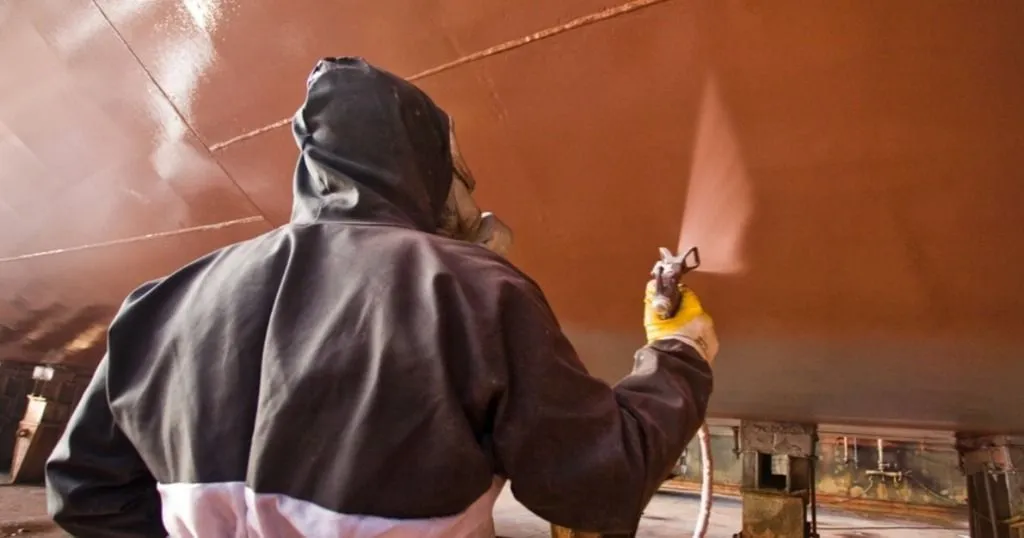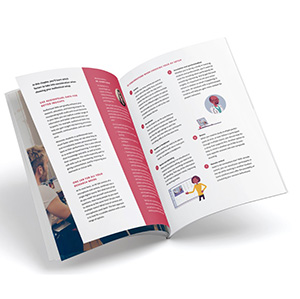How to choose the best audiovisual lab for your project

AV recordings are becoming more important in the fields of education, professional skills, training, and medical simulation. But what are the right tools for you? Learn how to choose the right AV lab for your project.
Posted by
Published on
Tue 01 Aug. 2023
Topics
| Debriefing | Education | Skills Training | Video Feedback | Video Observation | Viso |
Audiovisual (AV) recordings are becoming more important in the fields of education, professional skills training, medical simulation, and more. AV data helps students and professionals to learn more effectively, while also providing trainers with more insights and flexibility.
But what is the best solution for you? It can be a challenge to choose from the many different AV tools available. In this blog post, you'll learn how to find the right AV lab for your project.
Why do you need an AV lab?
Audiovisual data greatly enhances your research, education, and training projects. AV data helps you to capture a wider range of information and better understand your participants. For example, audiovisual data may help you to gain insights into learning processes, teamwork, and communication.
Moreover, students and professionals learn much faster when they can see what they do and immediately receive personalized video feedback on their performance. This evidence based learning strengthens their knowledge and skills, as well as builds their confidence.
This works especially well for students' learning goals in soft skills, such as interviewing, listening, working together, or giving a presentation. And what about improving your teamwork or clinical skills with a medical simulation? With the right AV setup, your projects will flourish.
Components of your AV lab
So, what kind of lab do you need? That depends on your projects and goals. How many people do you want to observe at the same time? Are you working from one location or do you need multiple rooms, or even a portable lab? What kind of cameras and microphones work best for your project?
Other considerations include:
- Communication. Consider whether you need to be able to communicate live with one or more participants through speakers or headphones.
- Remote control and scheduling. Need to be somewhere else? With remote control and scheduling options, you can record your participants in the lab while working in another location. And with a recording button, participants can even start and stop recordings themselves.
- Review and debriefing. To improve the process of evidence based learning, you need immediate video feedback after your sessions. That way, all the information is still fresh in everyone’s minds.
- Video annotation. When you’re training students and professionals, you’ll want to mark the recording when participants do something interesting. These video annotations will help you get the best insights for your project.
- Data analysis. After recording, reviewing, and debriefing your sessions, you may also want to analyze your annotated data in more detail. Make sure your AV setup enables you to export data to the statistical or behavioral analysis program of your choice.
- Privacy and security. Choose an AV solution that makes it easy to secure your data and helps you to comply with GDPR or HIPAA regulations.
Choose which types of data you need
An audiovisual lab offers many options for data collection. What do you need to create the best study or learning experience?
Obviously, you need video data of excellent quality, especially when you're observing several people at the same time. That means recording participants from different angles, capturing body language, eye contact, and other relevant behaviors. But do not forget that audio is equally important to record every part of a conversation, even when people are talking softly or all at the same time.
You may also want to include screen recordings or combine your AV setup with other data streams. For example, physiological data, eye-tracking, and facial expression analysis provide you with even more insights.
How to get the most out of your AV lab
Once you know which data and components you need, it's time to set up your lab. How do you get started? And how do you make sure you get the most out of your AV lab?
Decide which basic components you need to get started on your project. And don't leave out more practical considerations, such as soundproofing, air circulation, lighting, and preventing disturbances. Get started, learn from your experiences, and expand your lab as your project progresses. That way, you can keep building on your successes.
Of course, you not only want the best solution right now, but you also want to be ready for the future. That's why it's so important to choose a solution that you can scale up easily and has ongoing support and innovation.
Want to know more about how to choose the right AV lab? In our buyer's guide, you'll learn more about different components and types of AV labs, including information about costs and a detailed comparison of different vendors.
Related Posts


Robot-child interactions – helping children with autism learn skills


